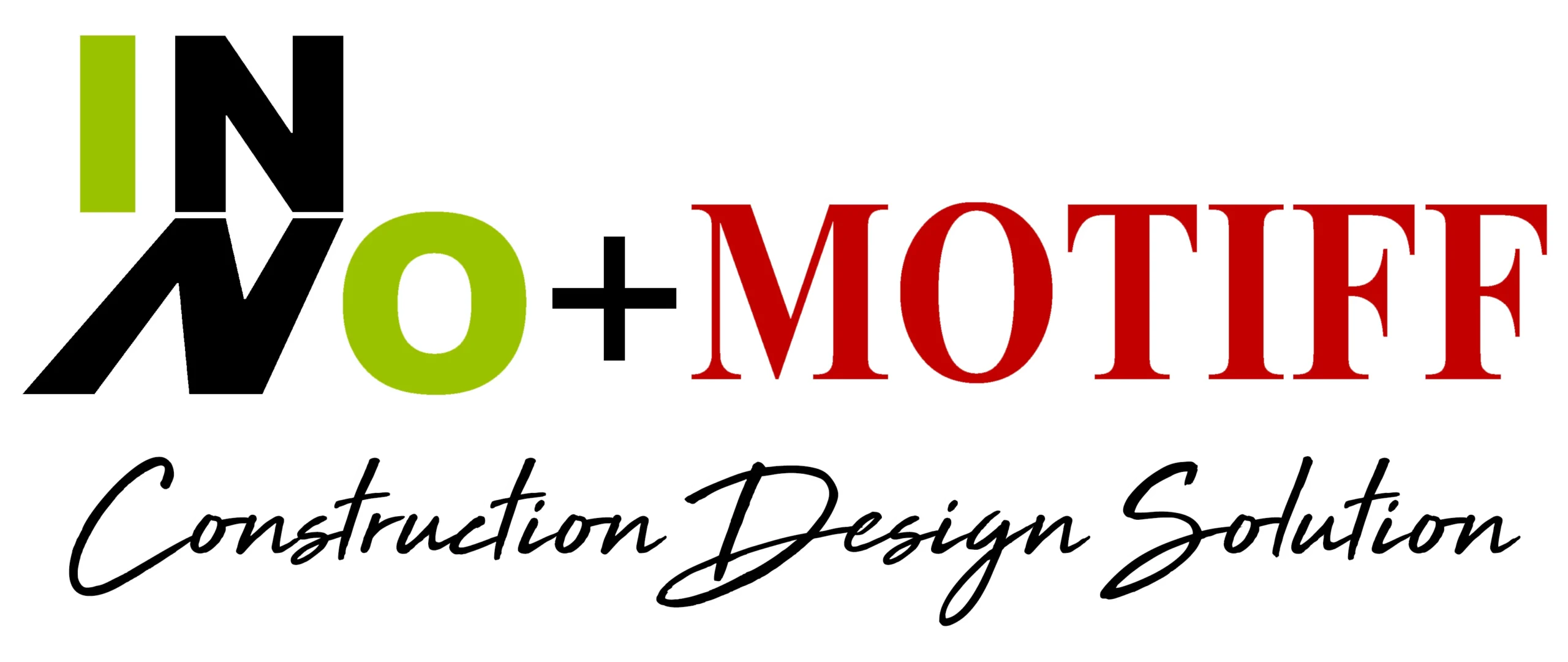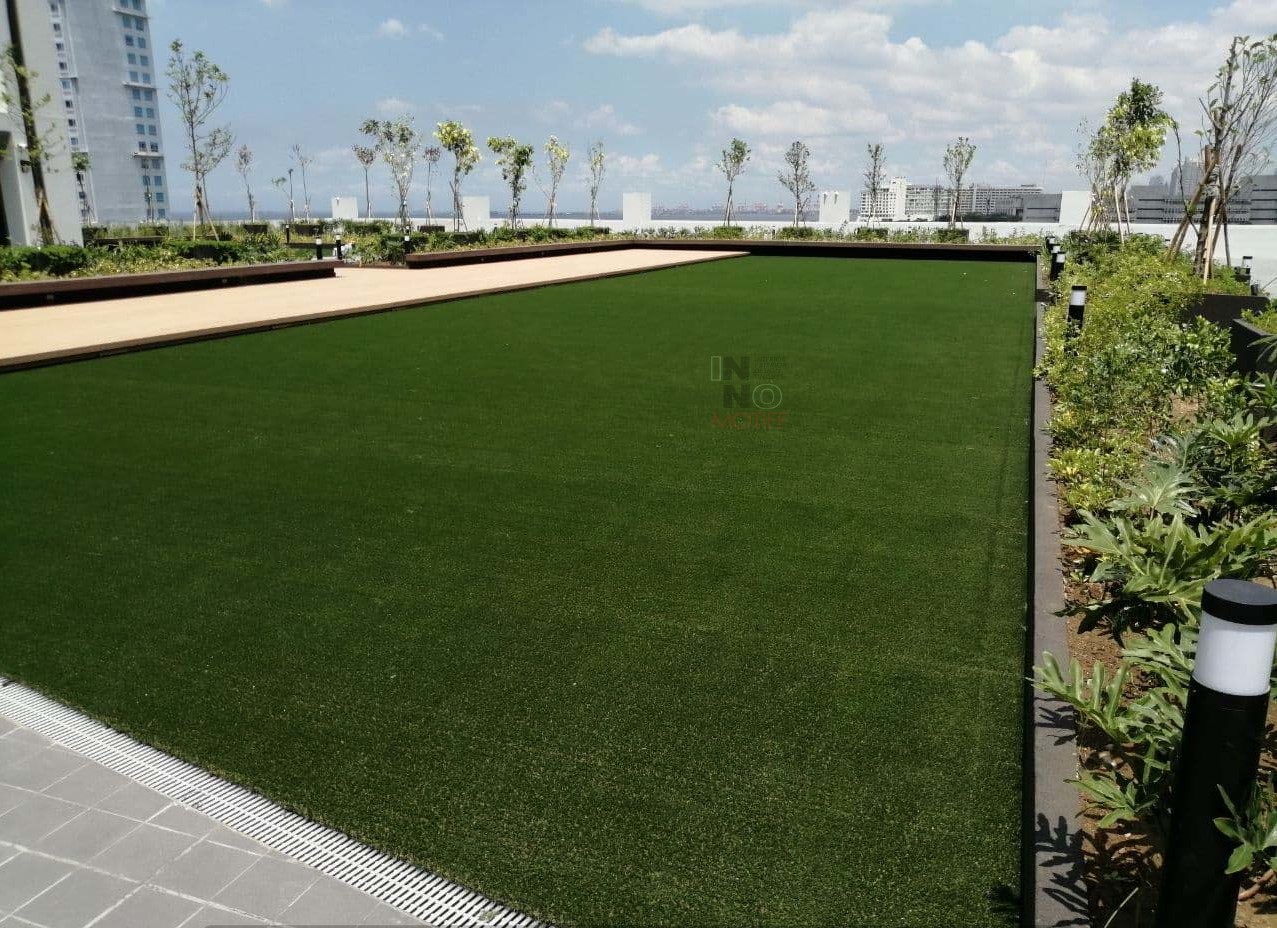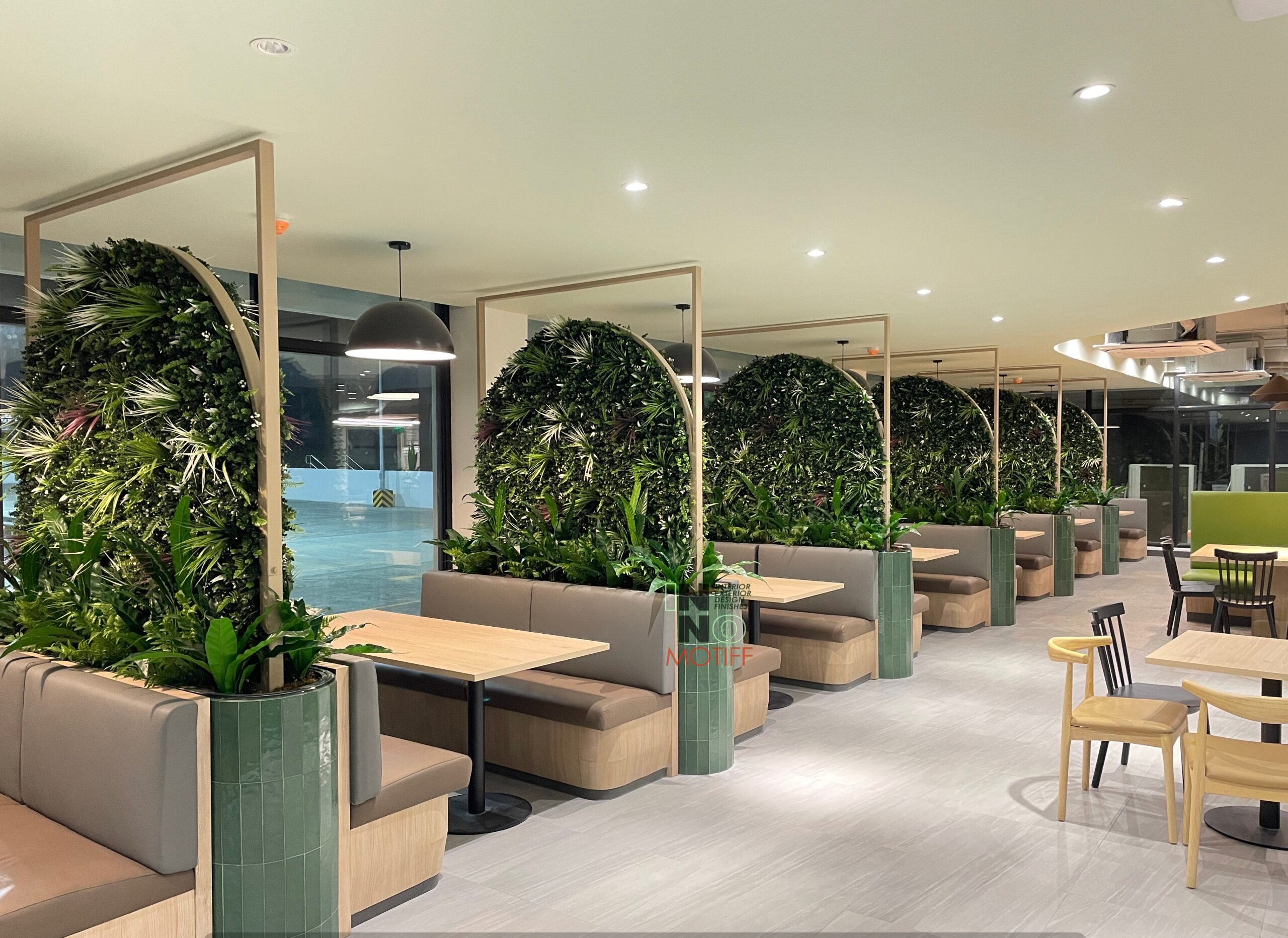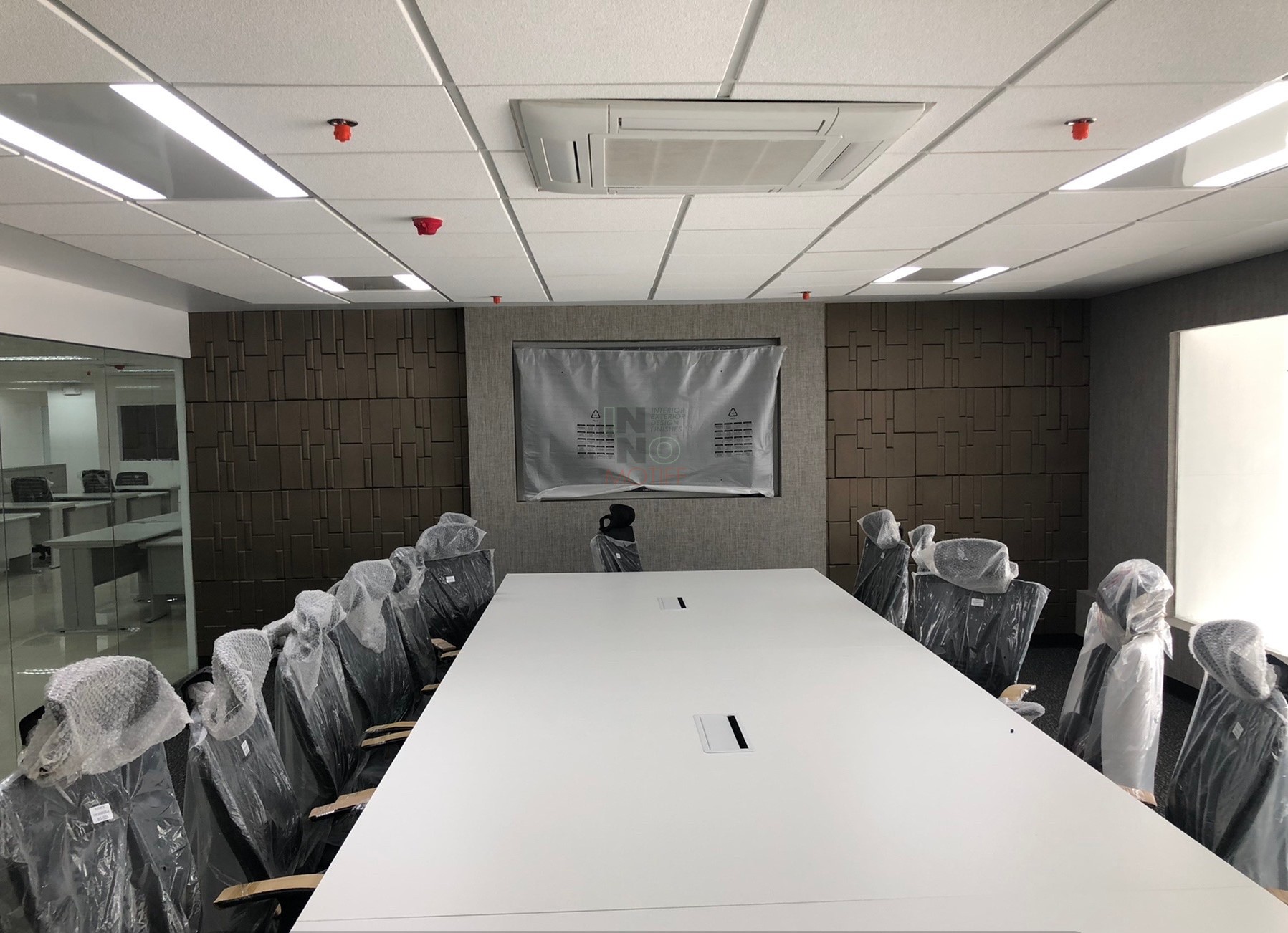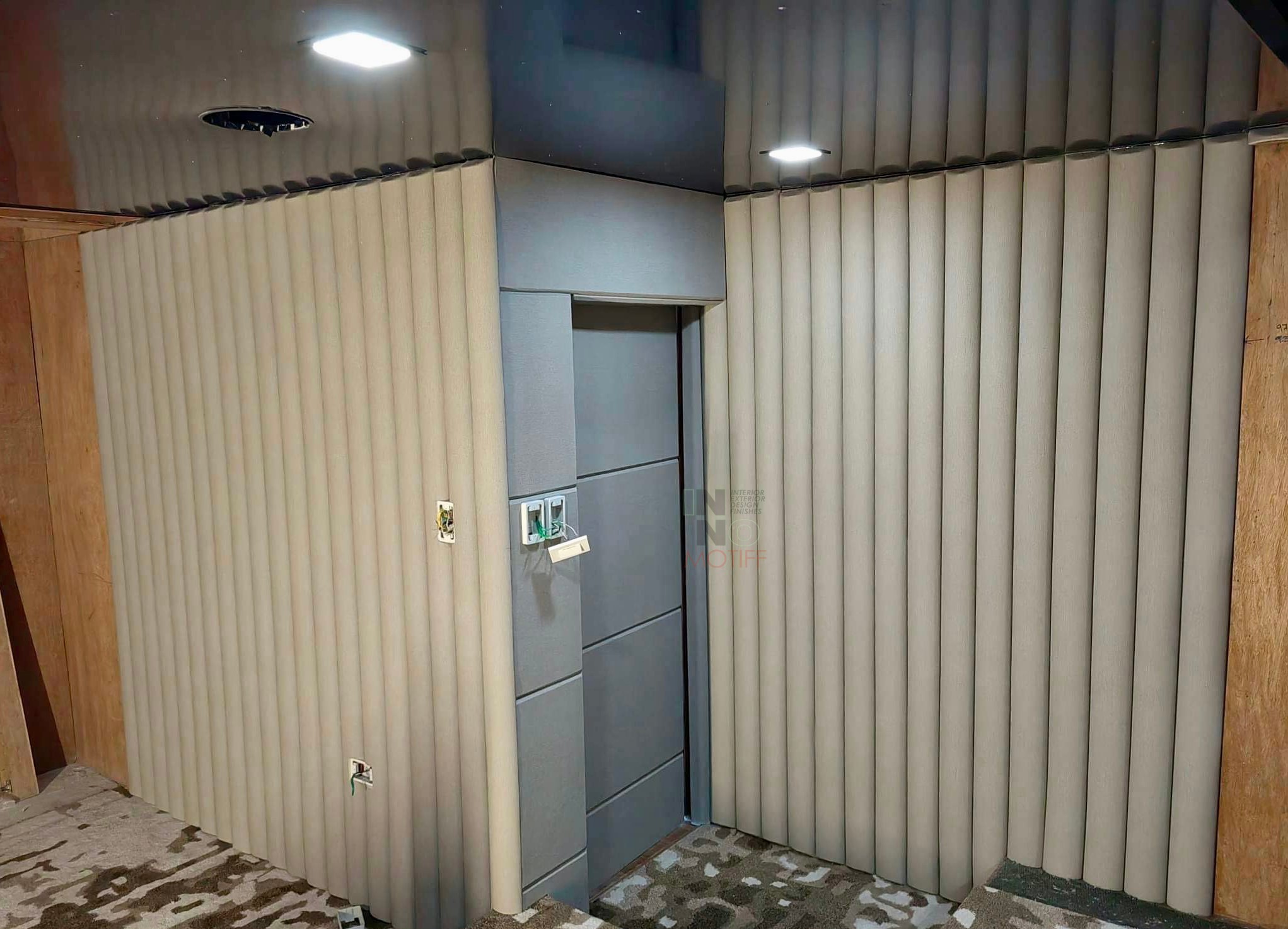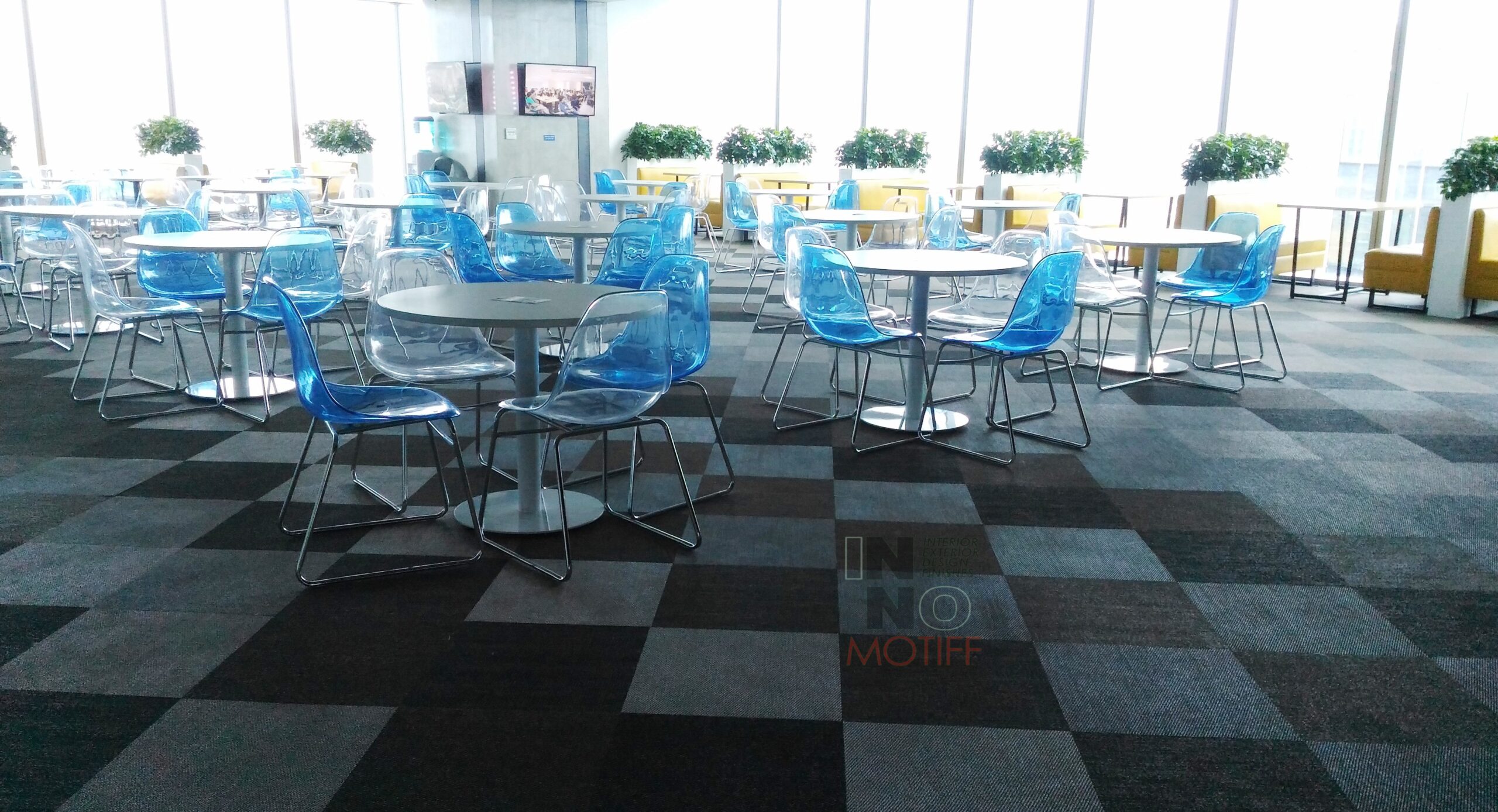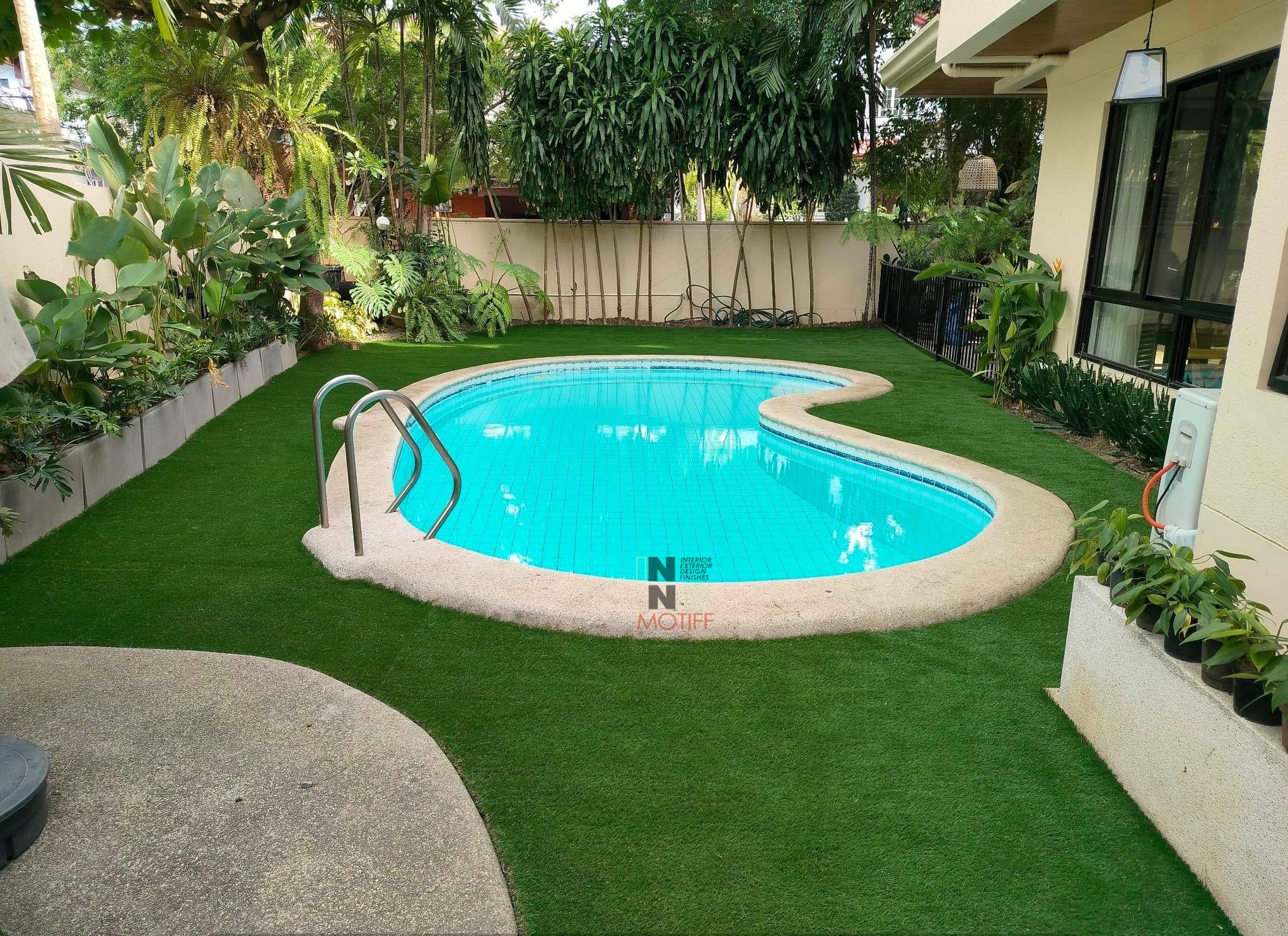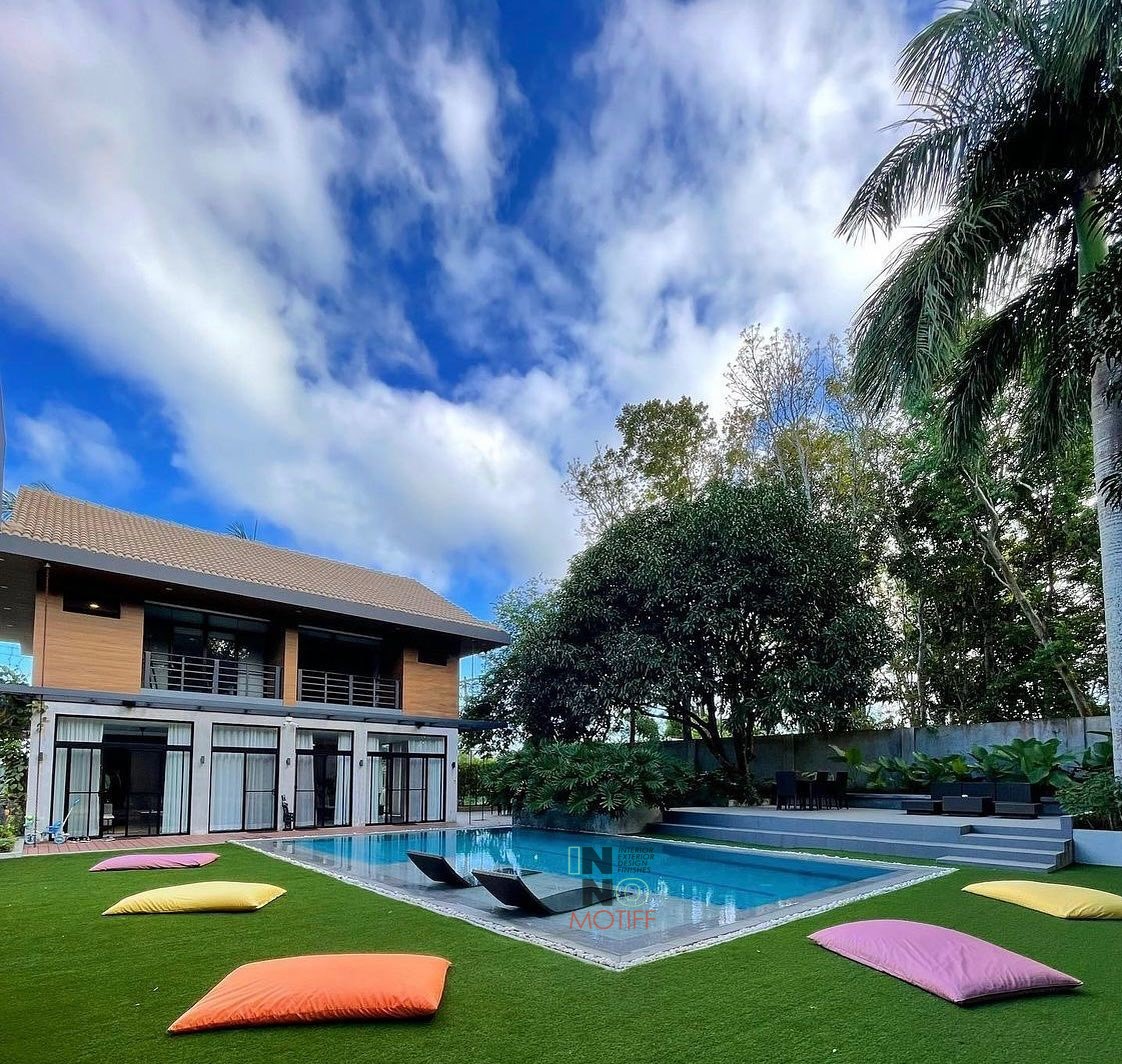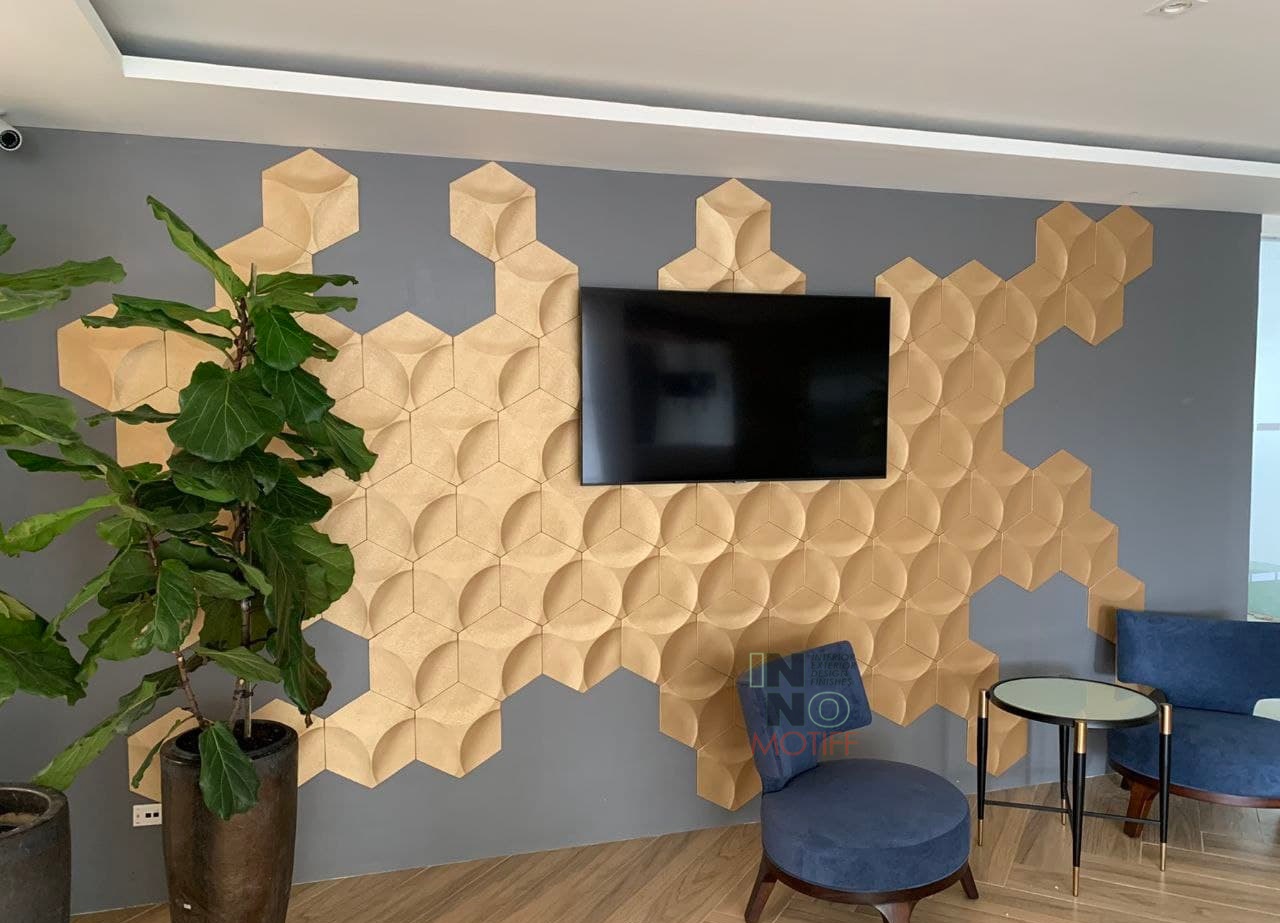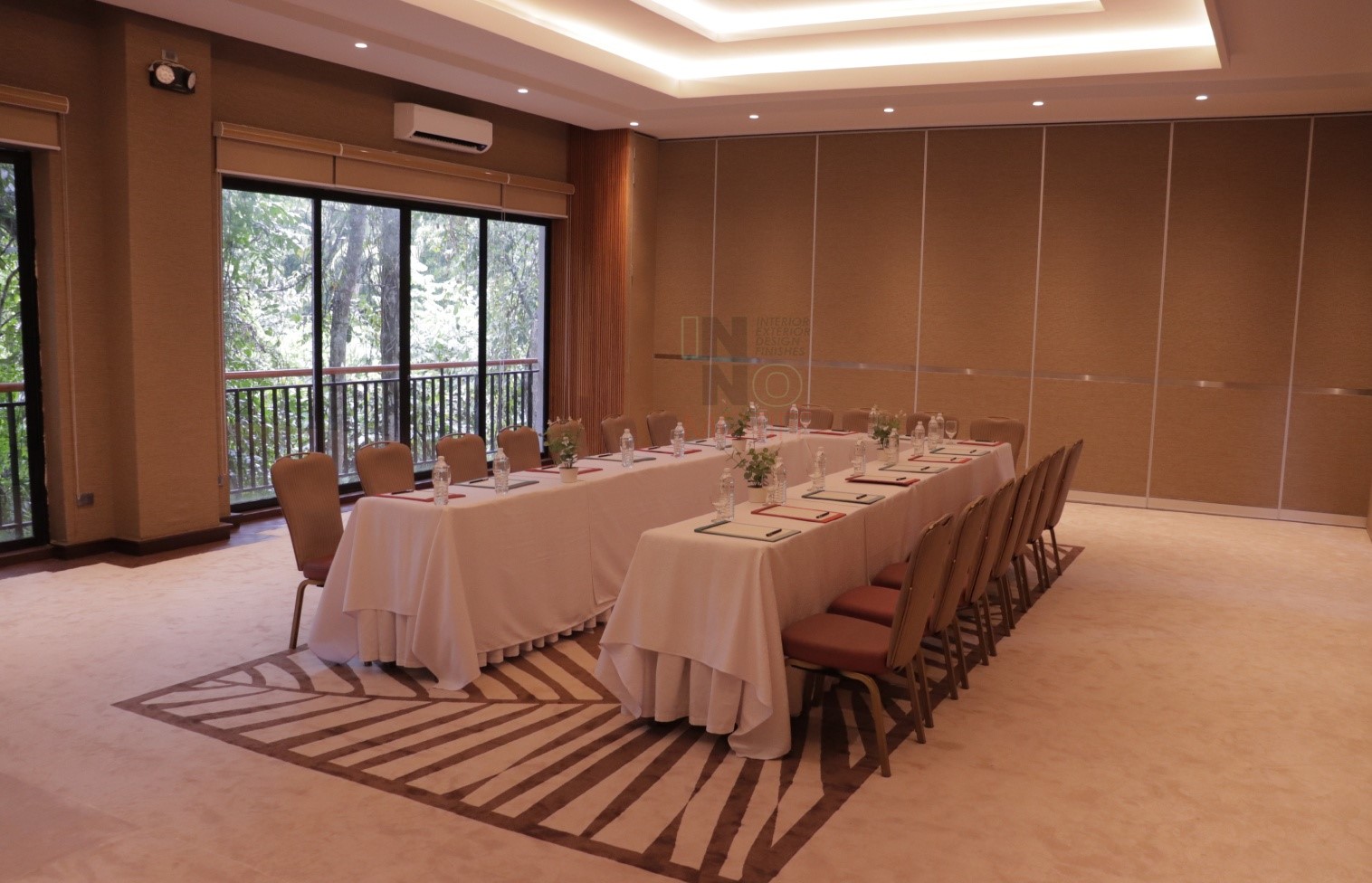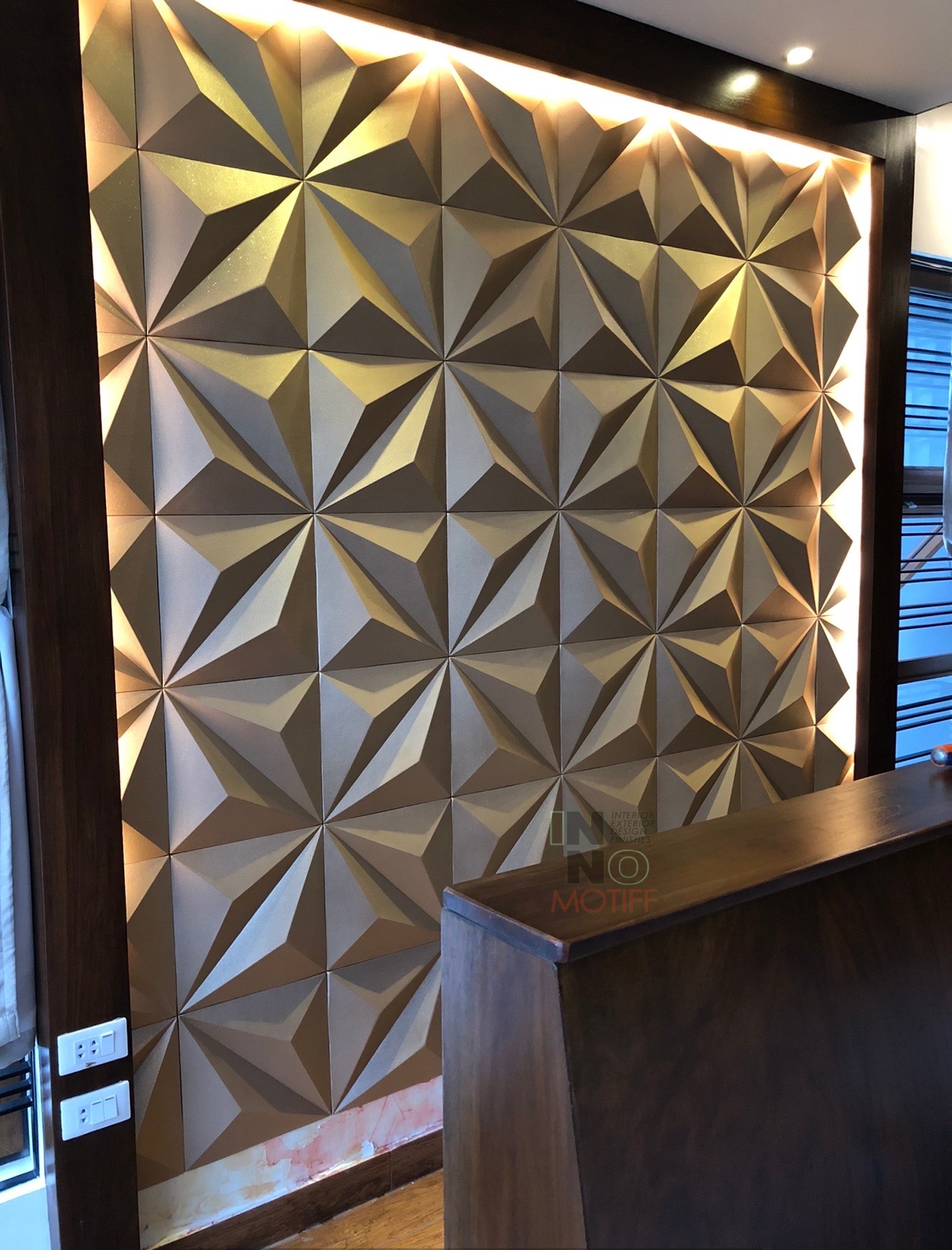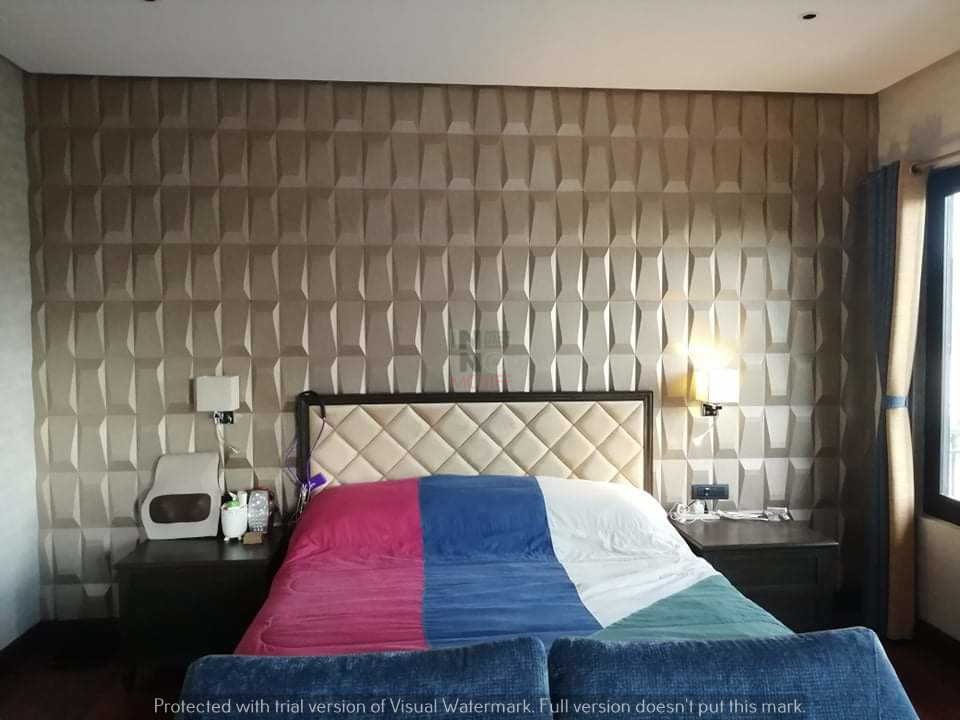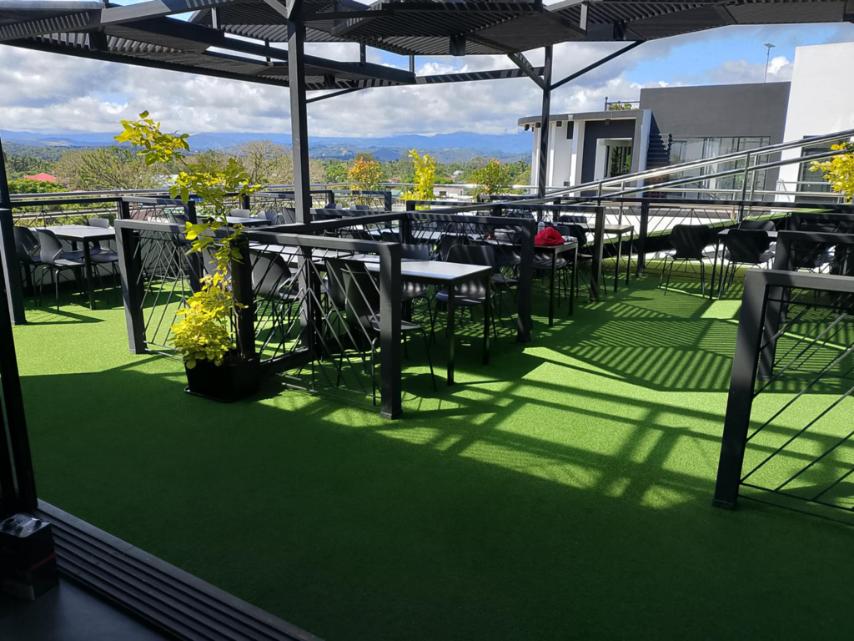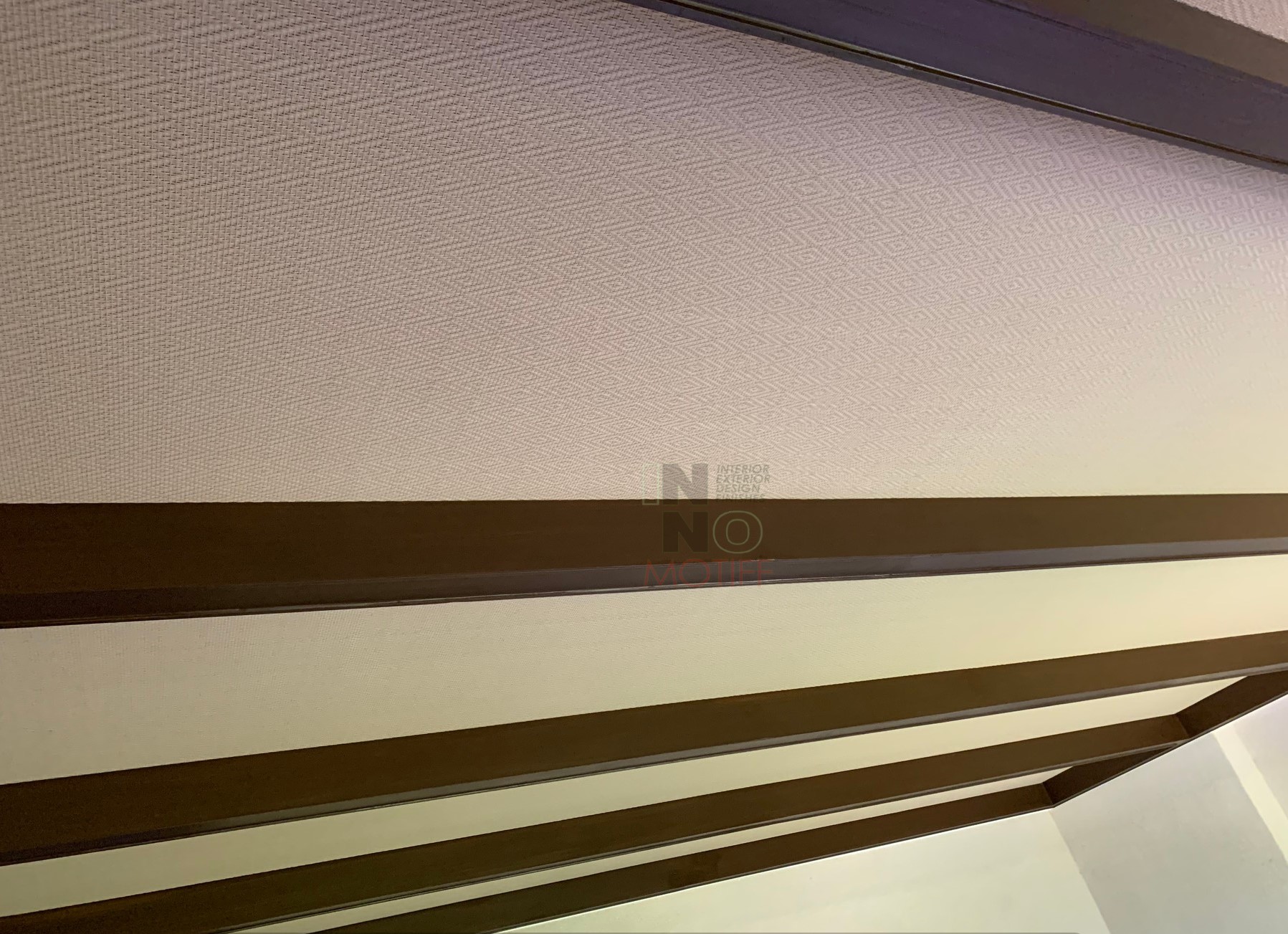Artificial grass has become a game-changer for homes, commercial properties, schools, and recreational areas across Metro Manila. With its low-maintenance appeal, year-round greenery, and water-saving benefits, it’s no surprise that more property owners are looking for a reliable artificial grass supplier to transform their outdoor and indoor spaces.
However, not all artificial turf is created equal, and choosing the right artificial grass supplier can make the difference between a stunning, long-lasting installation and one that fades, flattens, or fails to drain properly. Whether you’re looking to revamp a rooftop garden, create a pet-friendly yard, or install a safe play area, working with a trusted artificial grass supplier is crucial.
Among the top providers in Metro Manila, Inno+Motiff Constructionn Design Solution stands out as the go-to artificial grass supplier that delivers premium-quality turf, professional installation, and tailored services to meet every project requirement.
Why Artificial Grass is a Smart Choice in Metro Manila
The tropical climate in Metro Manila brings heavy rains, intense heat, and occasional dry spells—all of which can make maintaining natural grass a costly and time-consuming chore. An experienced artificial grass supplier can help solve these challenges by offering synthetic turf that stays lush and vibrant all year long.
Artificial grass is UV-resistant, eliminates the need for watering, and requires no mowing or pesticides. It’s ideal for high-traffic areas like school playgrounds, office terraces, residential lawns, and even indoor decor. By choosing the right artificial grass supplier, you ensure that your installation meets both aesthetic and practical needs, especially in busy urban environments.
Key Factors to Consider When Choosing an Artificial Grass Supplier
Product Quality
Look for an artificial grass supplier that offers high-grade materials built to last. Features such as UV protection, realistic fiber texture, soft touch, effective drainage, and non-toxic components are essential. Inno+Motiff Constructionn Design Solution provides artificial turf made from durable polyethylene or polypropylene blends, ensuring safety, comfort, and longevity—even under harsh Philippine sun and rain.
Supplier Reputation and Experience
It’s important to partner with an artificial grass supplier that has a proven track record. Inno+Motiff Constructionn Design Solution has completed numerous successful installations across Metro Manila, earning the trust of homeowners, businesses, and public institutions alike. Their extensive portfolio and positive client feedback reflect their commitment to quality and service excellence.
Range of Products and Customization Options
The best artificial grass supplier offers a wide variety of turf types to suit different applications—whether for landscaping, sports, pet areas, or decorative indoor use. Inno+Motiff Constructionn Design Solution provides a broad selection of pile heights, colors, and textures, along with optional accessories such as infill and shock-absorption underlayments.
Installation Services Offered
Proper installation is just as important as product quality. A professional artificial grass supplier should offer full-service installation, including surface preparation, leveling, adhesive application, edging, and post-installation checks. Inno+Motiff Constructionn Design Solution offers end-to-end service with their skilled in-house team to ensure seamless results.
Pricing Transparency and Value for Money
Beware of unrealistically low quotes. A reputable artificial grass supplier will provide clear pricing with no hidden costs, including material, labor, delivery, and maintenance advice. Inno+Motiff Constructionn Design Solution delivers exceptional value, balancing affordability with top-tier quality and workmanship.
Location and Delivery Options
Timely delivery and service coverage matter, especially in congested Metro Manila. Choose an artificial grass supplier with strategic proximity and reliable logistics. Inno+Motiff Constructionn Design Solution serves all Metro Manila cities and nearby provinces, with flexible delivery schedules and responsive after-sales support.
Top Questions to Ask Before Buying Artificial Grass
- Is the artificial grass UV-resistant and suited for tropical climates?
- What materials are used in the turf?
- Does your company offer site inspections and installation services?
- How long does the artificial turf last?
- Is there a warranty or guarantee provided?
- Can I see samples or previous projects around Metro Manila?
Inno+Motiff Constructionn Design Solution is prepared to answer these questions with clarity and confidence, helping clients make informed decisions.
Red Flags to Watch Out For in Artificial Grass Suppliers
Not all suppliers operate at the same level of integrity or professionalism. Be cautious if a supplier:
- Has no physical office or showroom
- Provides vague or inconsistent pricing
- Offers no warranty or after-sales support
- Has limited product choices
- Lacks verified reviews or case studies
Working with a reputable artificial grass supplier like Inno+Motiff Constructionn Design Solution eliminates these risks and gives you peace of mind throughout your project.
Where to Buy Artificial Grass in Metro Manila – Why Choose Inno+Motiff Constructionn Design Solution
If you’re searching for the most reliable artificial grass supplier in Metro Manila, Inno+Motiff Constructionn Design Solution should be your first call. Known for superior materials, professional-grade installations, and excellent customer service, they have earned their reputation as a trusted leader in the synthetic turf industry. Whether you’re updating a backyard, installing turf in a commercial space, or designing a recreational facility, Inno+Motiff has the expertise to bring your vision to life.
Tips for Maintaining Your Artificial Turf in the Metro Manila Climate
After installation, maintaining artificial grass is easy. Here are a few tips from a seasoned artificial grass supplier:
- Brush the surface occasionally to keep blades upright
- Hose down the turf to remove dust and debris
- Use mild detergent for spot cleaning if needed
- Check drainage during rainy seasons to prevent waterlogging
- Remove leaves and organic matter to prevent bacteria build-up
Inno+Motiff Constructionn Design Solution also provides maintenance advice to help your turf stay beautiful for years to come.
Making the Right Choice for Your Space
Choosing the best artificial grass supplier is an investment in both aesthetics and functionality. A dependable supplier ensures your turf looks natural, performs well, and lasts for years. Whether you’re beautifying a home, upgrading a commercial property, or designing a multi-use space, Inno+Motiff Constructionn Design Solution is your trusted partner for artificial grass solutions in Metro Manila.
Ready to upgrade your space? Contact Inno+Motiff Constructionn Design Solution today for a free consultation and discover why they’re the top artificial grass supplier serving Metro Manila and beyond.
Frequently Asked Questions (FAQ)
Q: How long does artificial grass last?
A: With proper installation and minimal maintenance, artificial grass from a quality supplier like Inno+Motiff can last 10–15 years or more.
Q: Is artificial grass safe for kids and pets?
A: Yes. Inno+Motiff Constructionn Design Solution offers non-toxic, lead-free turf products that are safe for all family members, including pets.
Q: Can artificial grass be installed on rooftops or balconies?
A: Absolutely. As a versatile artificial grass supplier, Inno+Motiff provides solutions for rooftops, balconies, patios, and even vertical walls.
Q: How much does artificial grass cost per square meter in Metro Manila?
A: Prices vary depending on the type and thickness, but Inno+Motiff offers competitive packages that include consultation, materials, and installation.
Q: Do I need to prepare my site before installation?
A: Inno+Motiff handles everything from site assessment to surface preparation, ensuring a smooth and professional installation process.
